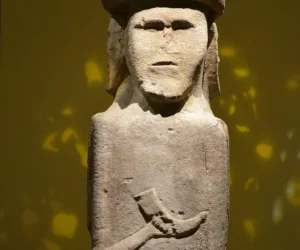The Zbruch Idol: A Glimpse into Pre-Christian Slavic Beliefs The Zbruch Idol, also known as Sviatovid, is a fascinating artifact from the 9th century. It’s a four-sided limestone sculpture thought to be one of the few remaining monuments of pre-Christian Slavic beliefs. However, debates about its true origin persist. Some scholars argue that it represents…
Ancient Artifacts
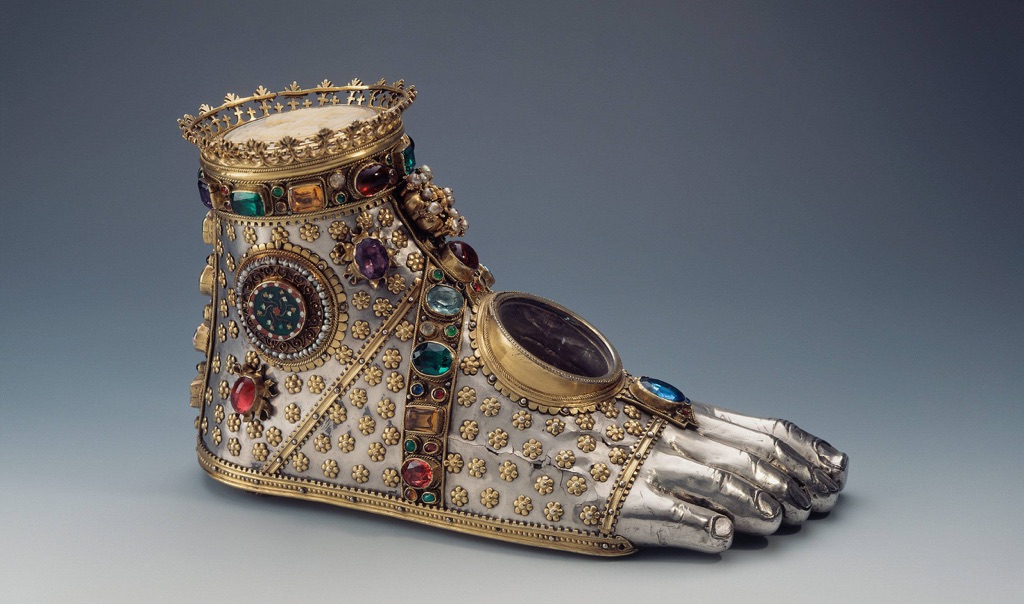
Moving to the East, ancient China artifacts like bronze vessels and oracle bones shed light on the rituals and governance of early Chinese dynasties. These artifacts highlight China’s long history of craftsmanship and written language. Similarly, ancient Egyptian artifacts are world-renowned, particularly for their funerary art, such as the treasures from King Tutankhamun’s tomb. These pieces reflect the Egyptians’ beliefs about death and the afterlife. Artifacts are not just old objects to be displayed in museums; they are keys to unlocking the secrets of human development across the ages. They preserve the ideas and values of people who lived thousands of years before us. Through careful study, they teach us about our collective history and heritage.
Among the most famous ancient artifacts in the world is the Rosetta Stone. Discovered in 1799, this granodiorite stele was the key to understanding Egyptian hieroglyphs—a script made of small pictures that was used originally in ancient Egypt for religious texts. The Rosetta Stone is inscribed with a decree issued at Memphis in 196 BC on behalf of King Ptolemy V. The decree appears in three scripts: the upper text is Ancient Egyptian hieroglyphs, the middle portion Demotic script, and the lower Ancient Greek. Because it presents essentially the same text in all three scripts, it provided the crucial link for scholars to decipher Egyptian hieroglyphs, thereby opening a window into ancient Egyptian history.
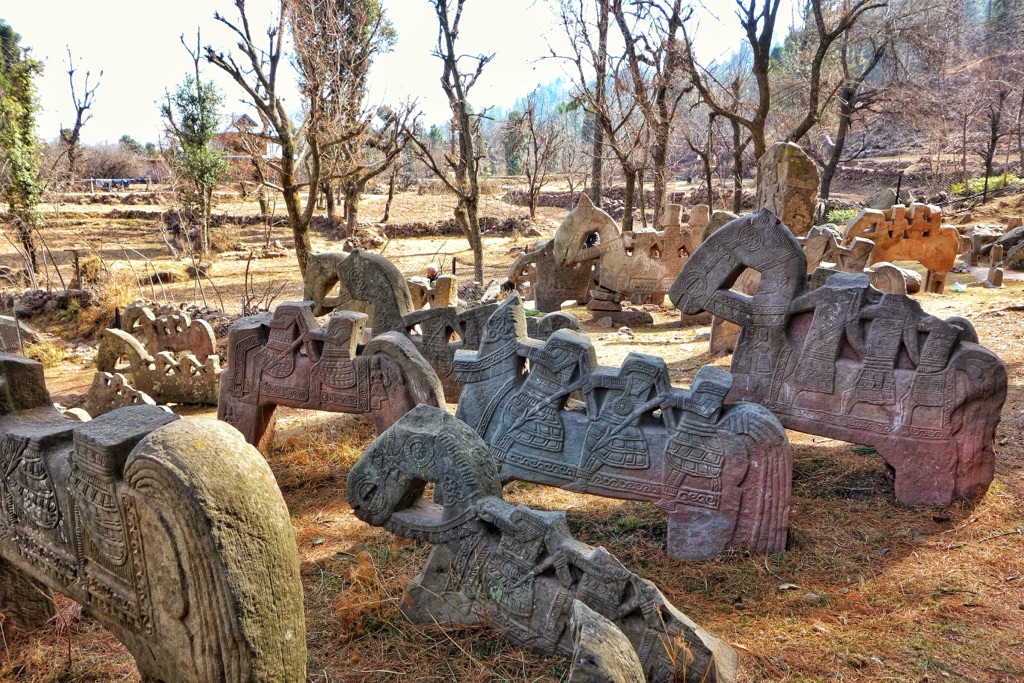
The title of the oldest artifact on earth goes to the stone tools found in Lomekwi 3, Kenya, which date back to 3.3 million years ago. These tools predate the earliest known humans and suggest that tool-making was a part of our pre-human ancestors’ way of life. These ancient tools mark a significant milestone in human evolutionary history, indicating the beginnings of technology and innovation. They are not just simple objects; they represent the dawn of human ingenuity and the very first steps towards the complex societies we have today.
An ancient artifact can be defined as any item made or used by humans in ancient times that has cultural, historical, or archaeological significance. These artifacts can range from monumental structures like the pyramids of Egypt to small, everyday objects like Roman coins. They can include items as diverse as weapons, clothing, and artwork. Each artifact, no matter its size or apparent significance, offers a glimpse into the lives of those who came before us, providing evidence of past behaviors, beliefs, and social structures.
Famous ancient artifacts not only include monumental finds like the Rosetta Stone or the treasures of Tutankhamun’s tomb but also the Terracotta Army of China, the Dead Sea Scrolls, and the Venus of Willendorf. The Terracotta Army, buried with the first Emperor of China, Qin Shi Huang, consists of thousands of life-sized figures meant to protect the emperor in the afterlife. The Dead Sea Scrolls, discovered in a series of caves near the Dead Sea, are ancient Jewish texts that offer invaluable insight into the history of Judaism and the early text of the Bible. The Venus of Willendorf, a small Paleolithic figurine discovered in Austria, dates back to about 28,000 BCE and is thought to represent fertility. Each of these artifacts, in its own way, has reshaped our understanding of human history, offering evidence of the complexity, diversity, and ingenuity of ancient civilizations.
List of Discovered Ancient Artifacts
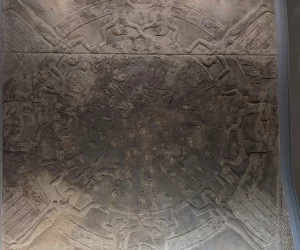
Dendera Zodiac
The Dendera Zodiac is an ancient bas-relief found on the ceiling of a chapel at the Temple of Hathor in Dendera, Egypt. The structure dates back to the Greco-Roman period, specifically around 50 BC. This unique artifact depicts a map of the sky, including representations of the twelve zodiac signs, and has been the subject…
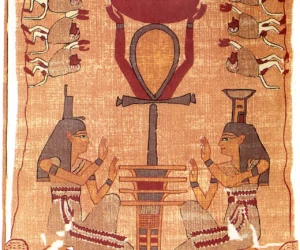
The Djed Pillar
The Djed pillar is one of the most important symbols in ancient Egyptian religion. It represents stability, endurance, and strength. Depicted as a column with four horizontal bars, the Djed was often associated with the god Osiris, the god of the afterlife. Origins and Meaning The origins of the Djed pillar trace back to the…
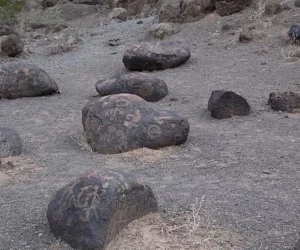
Gila Bend Petroglyphs Arizona
The Gila Bend Petroglyphs in Arizona are a remarkable collection of rock art etched by the indigenous peoples of the region. These ancient images offer a window into the lives and beliefs of the cultures that flourished in the Sonoran Desert. The petroglyphs, found near the town of Gila Bend, showcase a variety of designs,…
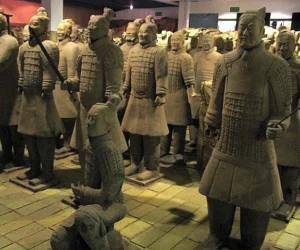
The Chinese Shānwénkǎi Song Dynasty Armor
The Chinese shānwénkǎi, a type of armor from the Song Dynasty, represents a significant historical artifact that reflects the military technology and craftsmanship of ancient China. This armor was designed to protect warriors during the tumultuous times of the Song Dynasty, which lasted from 960 to 1279 AD. The shānwénkǎi armor is notable for its…
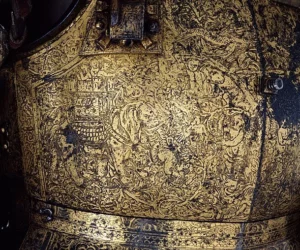
The Golden Armor Of King Henry VIII Of England
The Golden Armor of King Henry VIII of England is a stunning artifact that symbolizes the power and grandeur of the Tudor monarchy. This exquisite piece of armor was not only a protective gear but also a statement of wealth and status. Crafted in the 16th century, it was designed to be worn by King…

